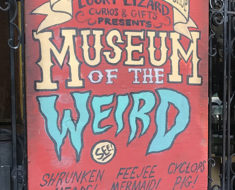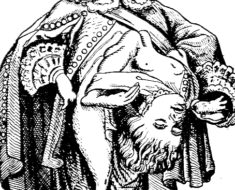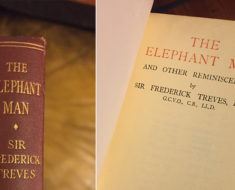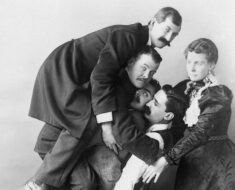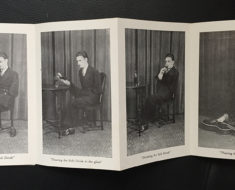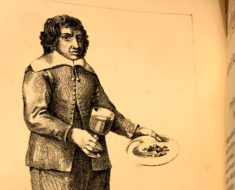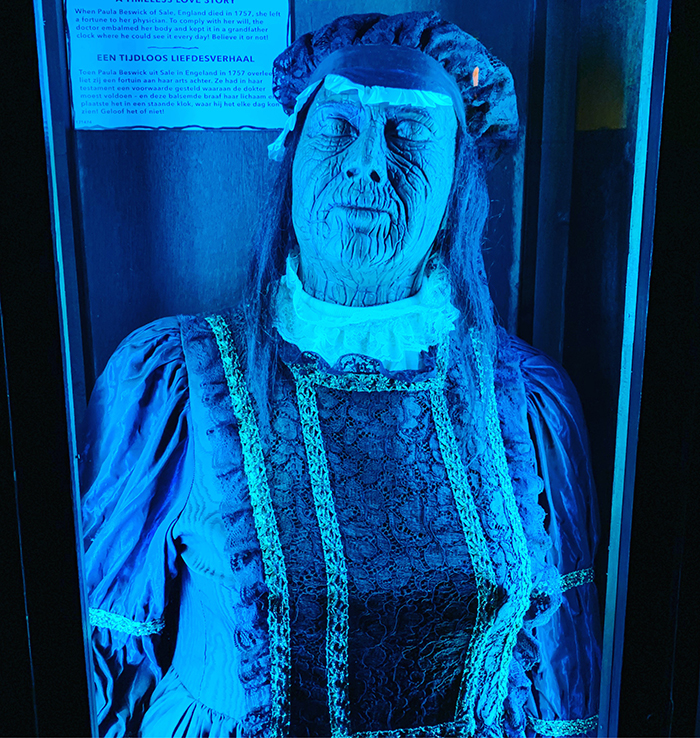
Wax figure of Hannah Beswick at Ripley’s Believe It Or Not in Amsterdam. Photo by Marc Hartzman.
A fear of being buried alive was quite real and common in the 18th and 19th century. So rampant was the concern that casket companies developed innovative coffins offering a means of signaling for help should any clients awake while six feet under. In the mid 1700s Hannah Beswick, a wealthy woman of Sale, near Manchester in England, convinced her physician, Dr. Thomas White, not to bury her when she died—just in case she wasn’t really dead.
Rather than be thrown into the darkness of a box, she offered to bequeath Dr. White £25,000 if he’d embalm her body and keep it above ground. When she passed in 1758, the physician discovered there was one condition upon which he could keep the money: he would have to look at her at least once a year, with a witness.
As described in a 1940 newspaper article:
The doctor was a sensible fellow, and £25,000 was not to be lost for the sake of the least inconvenience, so he had Madam Beswick embalmed, and shut up in an old clock case. She lay there at the top of his house year after year; and once every year the doctor and a lawyer went up to see her, removing the curtain which covered her face, and looking down at the odd lady. They opened a bottle of wine after the touching little ceremony, and forgot all about it till twelve months went by.
Other reports claim that Dr. White visited the body more frequently, often with curious guests. Either way, this continued until his death, at which point Beswick’s embalmed body was moved to the Manchester Natural History Museum. There it became known as the Manchester Mummy.
By 1868, interest in Beswick’s body began to fade and officials decided the eccentric woman who feared death was definitely dead. Her wish clearly granted, they decided it was finally time for her to be buried.

